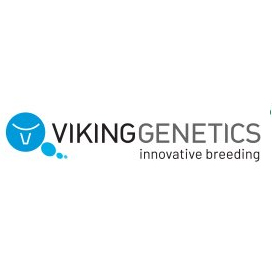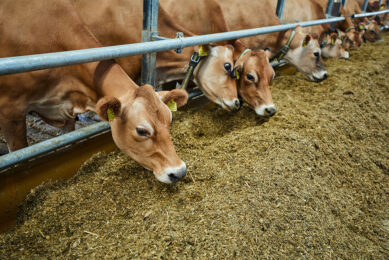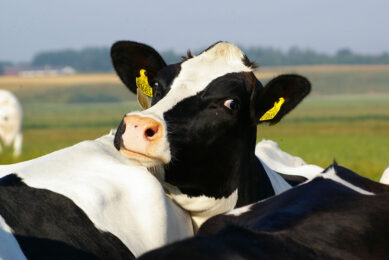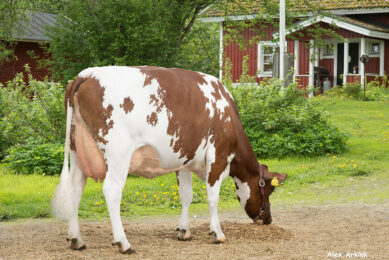Why you should consider breeding for healthier dairy cows
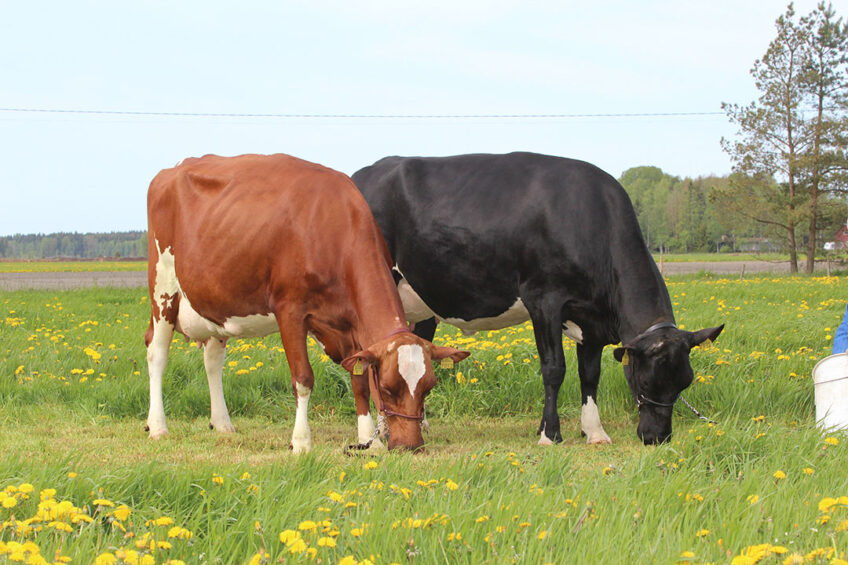
Dairy cows are susceptible to a large array of diseases and disorders. Good management practices can help avoid unhealthy cows, but it is also possible to improve livestock resistance and resilience to diseases through breeding. By breeding for better health, your cows will stay longer in your herd.
Infectious diseases such as mastitis, pneumonia, foot rot and many others usually require treatment with antibiotics. This is of growing concern to many consumers as the unrestricted use of antibiotics can lead to the development of resistant bacterial strains that can be transferred to humans and challenge treatment of certain diseases. Metabolic disorders such as ketosis, hypocalcaemia and displaced abomasum are a challenge on many dairy farms and require treatment or even surgical procedures. These can be costly treatments and result in significant loss of yield and reduced animal welfare. Reproductive disorders such as retained placenta and metritis can lead to delayed pregnancy or no pregnancy at all, which can result in unwanted culling of cows. A common denominator for all diseases and disorders affecting dairy cows are the financial losses due to reduced milk yield, treatment costs, increased workload, reduced animal welfare, and the undesirable use of antibiotics.

Management practices
Good management practices such a proper feeding, good milking techniques, appropriate bedding, good ventilation, dry floors and many other factors are essential to avoid unhealthy cows. However, it is also possible to improve livestock resistance and resilience to diseases and disorders through breeding. Adding genetic selection for disease traits to the breeding goal, with the proper weighting, will counteract the negative impact caused by genetic selection for increased production.
Traits related to cow health usually have very low heritability from just a touch above zero to around 5%. This, however, does not mean that genetic progress is impossible (Berry et al., 2019). The rate of progress depends on the genetic variance of the trait and reliability of breeding value determined by the number of animals with data and data quality etc.

In the Nordic countries, veterinary treatment of dairy cattle for all kinds of diseases and disorders has been recorded since the 70s. Thus, they now possess enough data to form a database for genetic selection for disease traits. Genetic selection for health traits was initiated in the Nordic countries in the early 80s. However, health traits other than those related to udder health are very diversified and, in most cases, have a low incidence.
When indices for general health were introduced in the Nordic countries, they were received with a great deal of scepticism in contrast to udder health, mainly because of ‘myths’ related to low heritability. Before 1999, the genetic merit for general health was declining in both bulls and females (Figure 1 and 2). The main reason was low selection pressure due to a low economic weighting. However, general health as a trait worked ‘unexpectedly’ well.
Figure 1 – Genetic trend for general health in Nordic Holstein bulls.

Figure 2 – Genetic trend for general health in Nordic Holstein females.

Focus on health traits rather than production
By around the year 2000, breeding goals in the Nordic countries changed to focus more on health traits and less on production. Also, there was an increasing willingness to include health traits in the selection of sires of sons. After a few years, the genetic trend for bulls changed and became positive. It should be noted that the genetic merit for sires was still lagging behind females in contrast to other traits.
Around 2007, the genetic merit of bulls overtook females and soon the genetic merit of females also started to increase. In 2008, the Nordic Cattle Genetic Evaluation was formed and resulted in a common breeding goal for Denmark, Sweden and Finland. This had a significant effect on the genetic trend mainly thanks to an increase in reliability of the general health index.
The latest revision of the Nordic general health index was done in May 2019 (Vilarrasa et al., 2019). It now includes five sub-traits with details shown in the table below.
Nordic general health index
The Nordic general health index is based on recorded treatments in 1st, 2nd, and 3rd lactation. The ketosis sub index is new and based on individual measurements of BHB (β-hydroxy butyrate) from milk samples in Denmark and Finland. The economic weighting for each sub index has also been adjusted – most weighting on other metabolic diseases.
Finally, lactation weights were adjusted to put more weight on in later lactations. The result is more reliable breeding values (both genomic and conventional) for general health.
The Nordic general health index is the most complete index today, resulting in the largest genetic progress for resistance and resilience to diseases and disorders other than mastitis. Other countries have also seen the value of genetic selection within this area. Similar indices are now emerging in countries such as Germany and in the United States.
References available on request
Authors:
Lars Peter Sørensen and Hans Stålhammer
Join 13,000+ subscribers
Subscribe to our newsletter to stay updated about all the need-to-know content in the dairy sector, two times a week.


